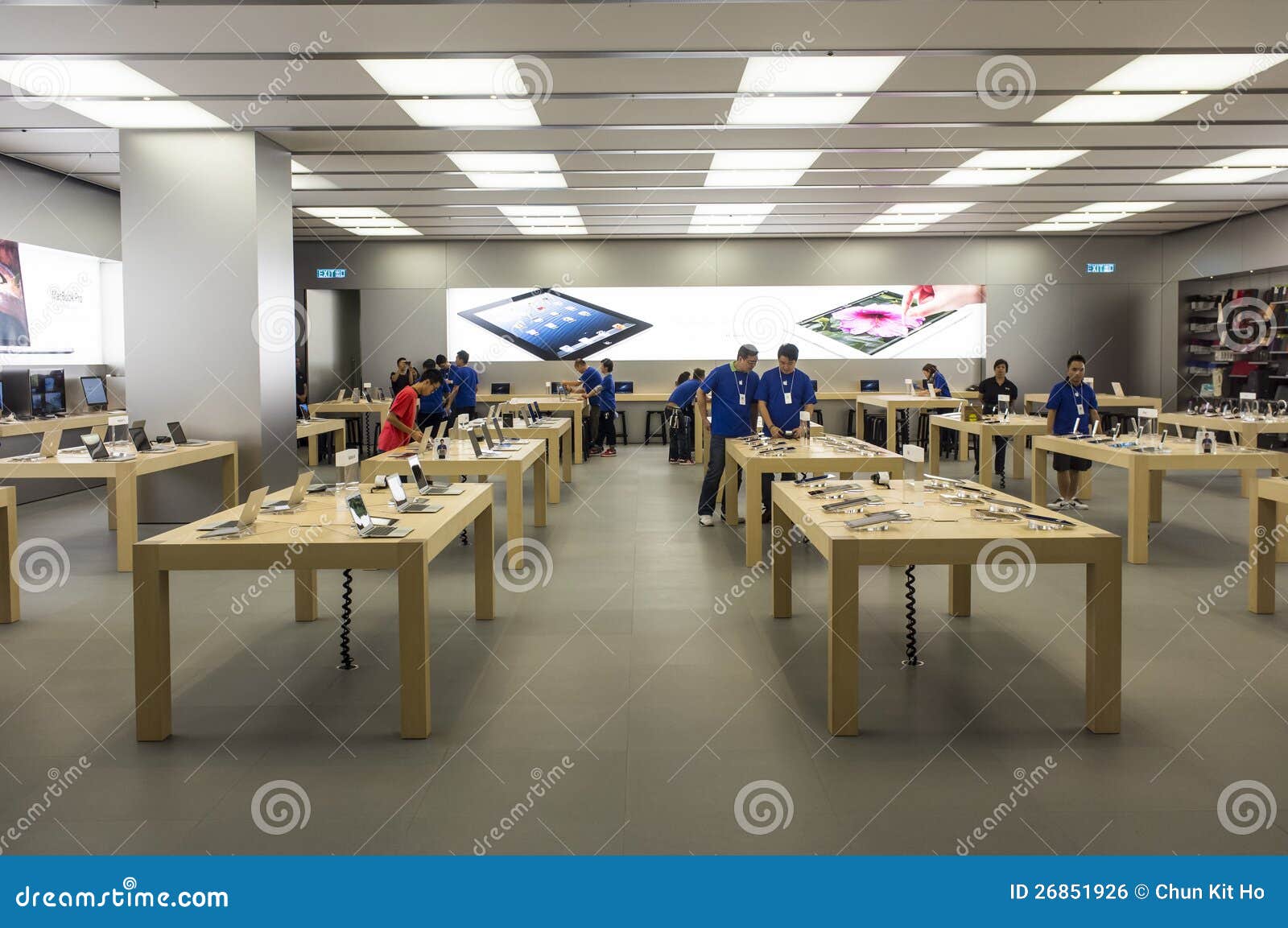
The book doesn’t shy away from his experience of Jim Crow-era bigotry.“The heart of the book is to try and get us to better understand each other as Gab and Sou learn to better understand the other’s culture and upbringing and what made them the way they were,” says the author.In 1956, a Black college invited white students throughout Music City to a historic concert featuring Little Richard. It tells a parallel story of Black businessperson Sou Bridgeforth, whose Nashville nightclub attracted the R&B stars getting airplay on WLAC. Blackman says her book isn’t a white-savior narrative.

“They were identifying with the musicians that were writing these lyrics.”Ms. The Black musicians on WLAC reached ears across the United States, including those of a young Bob Dylan.“When it really started changing the world is when white teenagers joined that community,” says Ms.

But he came to oppose segregation after daily interactions with performers such as Louis Jordan and B.B. In his youth, he’d performed in minstrel shows in blackface. Blackman was motivated by profit, not social justice. Blackman’s granddaughter Paula Blackman, who wrote the book.Mr. He persuaded WLAC in Nashville, Tennessee, to begin nighttime broadcasts of “race music.”“There were so many African Americans living in rural poverty, and this gave them. In 1946, radio advertising salesperson Gab Blackman spotted an untapped market: Black listeners. Can music change the world, as Beethoven claimed? A new book, “Night Train to Nashville,” chronicles how a radio station did just that.


 0 kommentar(er)
0 kommentar(er)
